
AI is transforming Hollywood from the inside out. The October 2025 debut of AI “actress” Tilly Norwood triggered fierce backlash, with SAG-AFTRA warning that “creativity should remain human-centered.” Emily Blunt called it “really scary,” while Whoopi Goldberg insisted, “You can always tell them from us.”. Now, about 70% of films now include AI tools in some stage of production (Market.us), and over 65 AI-focused studios have launched since 2022 (Mediacsuite.com).
AI is now a permanent fixture across every stage of production. Machine learning models assist with script analysis, helping producers identify pacing issues, character arcs, and audience appeal before cameras even roll. On set, AI-driven systems automate lighting adjustments, camera tracking, and scene continuity. In post-production, tools like Runway’s Gen-2 and OpenAI’s Sora are used for visual cleanup and minor reshoots, reducing the need for large VFX teams and long render times.
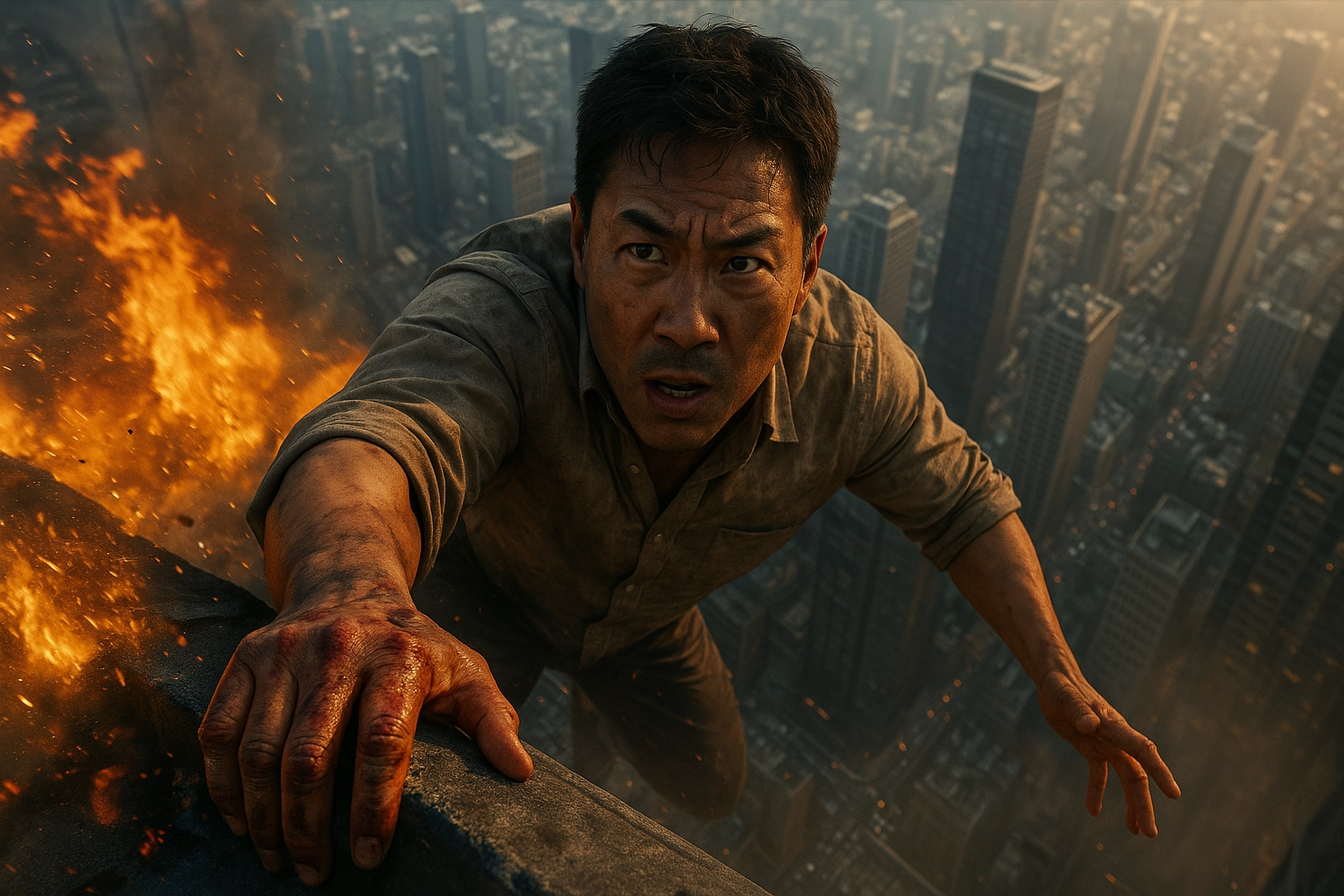
The market for AI in media is accelerating toward $195.7 billion by 2033 (Market.us), but many creators continue to view AI as a supplement to human creativity, not a substitute for it. While most large studios spend under 3% of budgets on generative AI (Deloitte.com), the technology supports everything from dialogue enhancement to scene reconstruction.
AI-assisted filmmaking uses algorithms to optimize human workflows, whereas AI-generated content relies entirely on machine outputs. Full AI-generated scenes remain rare in mainstream production, though indie creators continue to experiment with generative visuals for concept films and proof-of-concept projects.
Tilly Norwood, an AI actress first announced in July 2025 and created by Particle6, is planning to be used in films to explore synthetic casting, localization, and marketing beats. Her presence highlights how an ai-generated performer can be slotted into workflows for previs, ADR scratch, and concept trailers while productions decide where to cast humans and where to simulate.
However, she has received major controversy leading to numerous actors showing their disdain towards her character. Several people describe Norwood as inauthentic and that she does not solve any problems, but creates problems herself by stealing performances of real-life actors (BBC).
"That is really, really scary, Come on, agencies, don't do that. Please stop. Please stop taking away our human connection." - Emily Blunt on AI actress Tilly Norwood
Although AI has been evolving everyday, it still has its limitations and is not something that can easily replace all aspects of creating films:
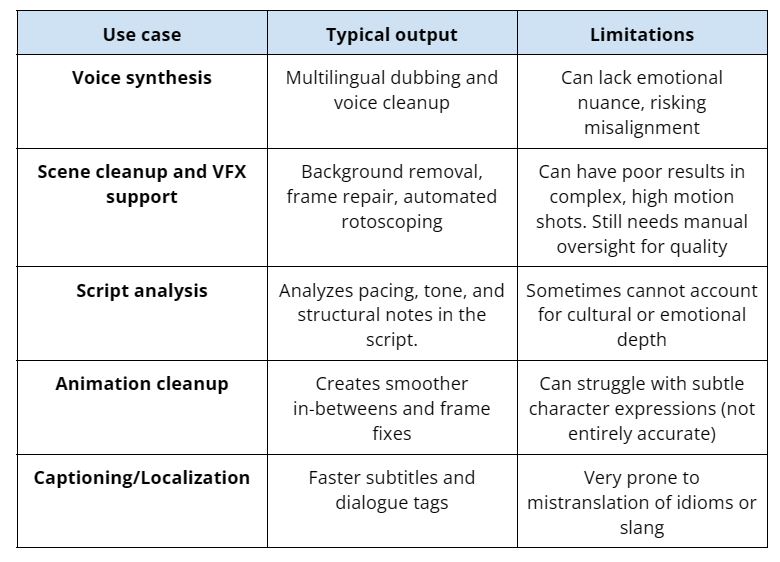
AI has proven adept at speech replication, background removal, and detail restoration. Voice synthesis technology allows multilingual dubbing that preserves an actor’s original tone and emotion. In visual effects, AI assists with rotoscoping, object tracking, and texture enhancement, freeing artists from tedious, repetitive work. This video below by Mixdown Online showcases how AI voice synthesis works, and how it can create mindblowing vocals:
AI remains fundamentally limited when it comes to narrative and emotion. Generative systems can assemble coherent scenes but lack an intrinsic understanding of human experience. Emotional tone, timing, and subtext are areas that require direct creative oversight, preventing AI from fully replacing writers, directors, or actors.
“You can always tell them from us. We move differently, our faces move differently, our bodies move differently.” - Whoopi Goldberg on AI actress Tilly Norwood
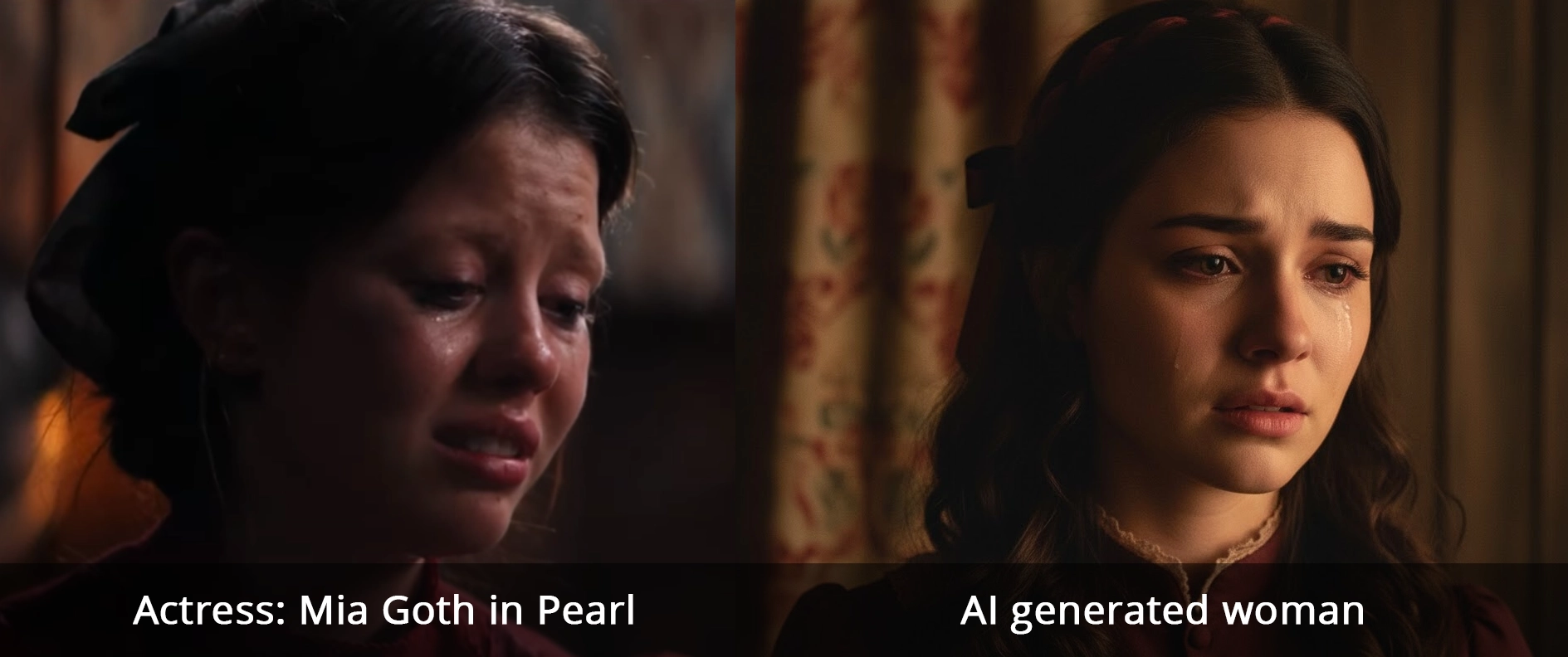
Even with advanced rendering models, audiences continue to detect subtle irregularities in AI-generated faces. Micro-expressions, blinking, and gaze direction often appear unnatural, breaking immersion. The challenge lies not in realism alone but in achieving the organic imperfections that make performances feel alive.
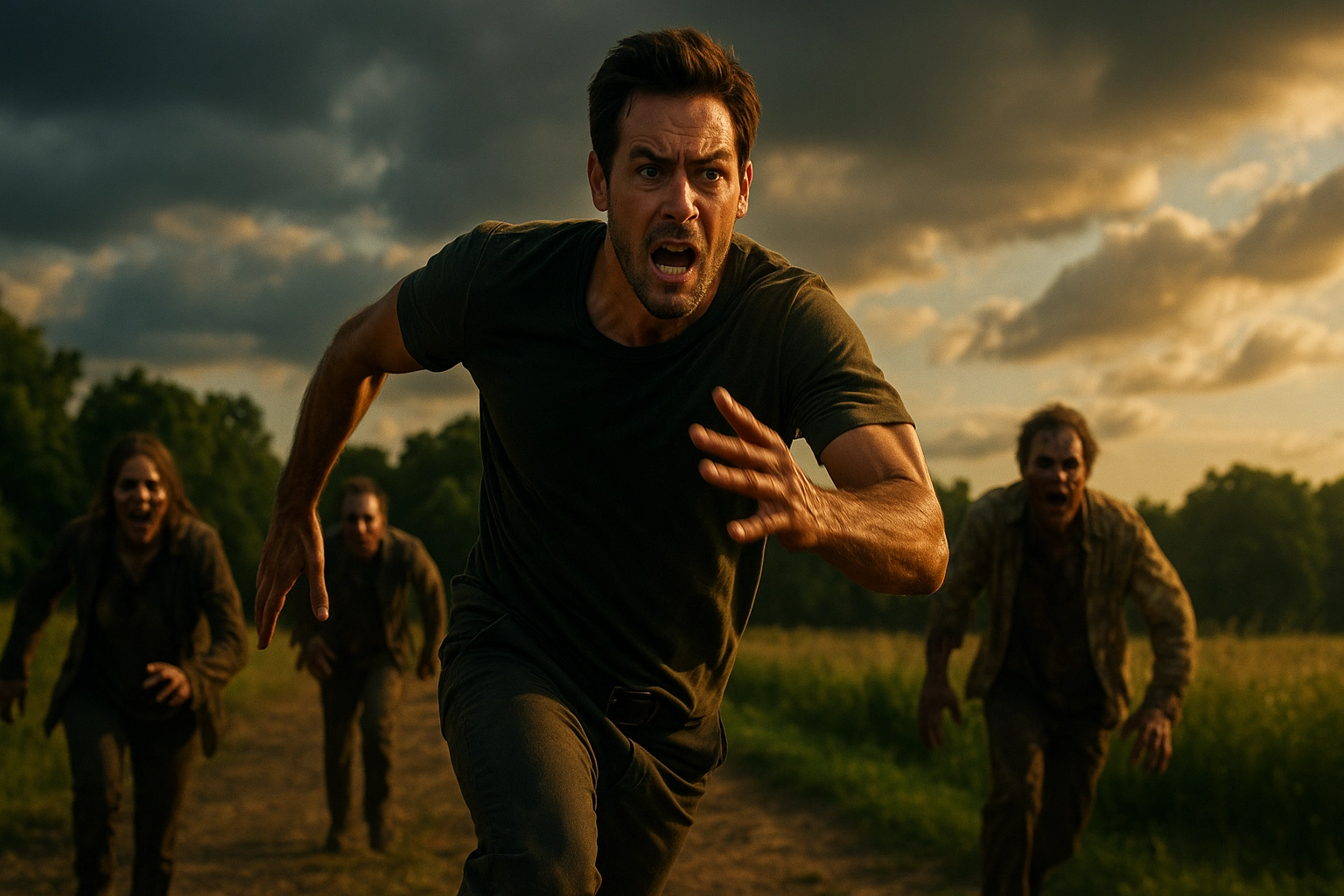
Runway’s generative video tools have become essential to many independent projects. Their rendering and compositing features helped smaller teams deliver complex effects in films like Everything Everywhere All at Once, where AI helped with shots using green screens. This shift shows how AI tools can make small crews competitive with large post-production houses.
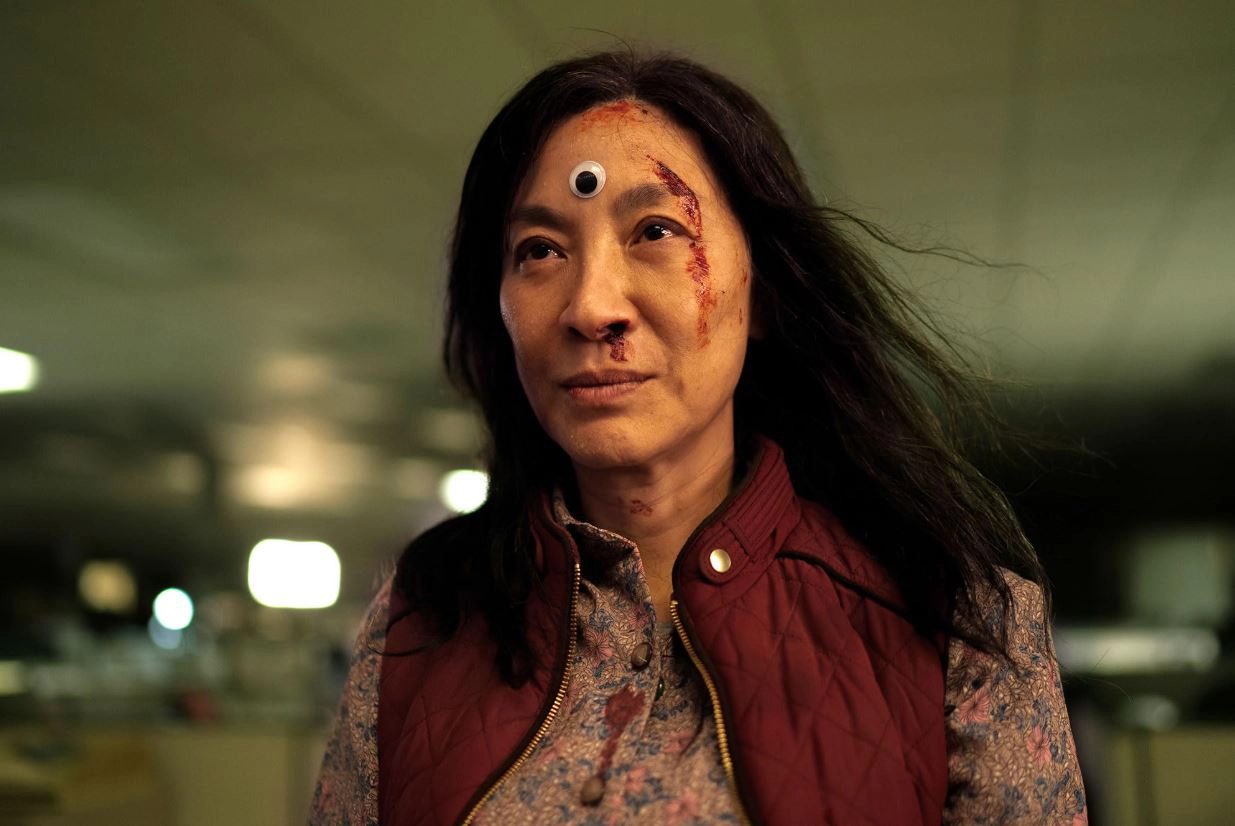
Asteria’s ethical “clean model” initiative sets it apart from other AI startups. By sourcing only licensed data for training, the company avoids copyright risks compared to other AI models. Their model demonstrates how transparency and performance can coexist, offering a roadmap for sustainable AI in film production.
Actors and estates continue to question how studios handle posthumous performances and digital doubles. The industry now recognizes that ownership of one’s likeness must extend into virtual form. Without standardized licensing agreements, disputes over image rights are expected to intensify as digital reproductions become more lifelike.
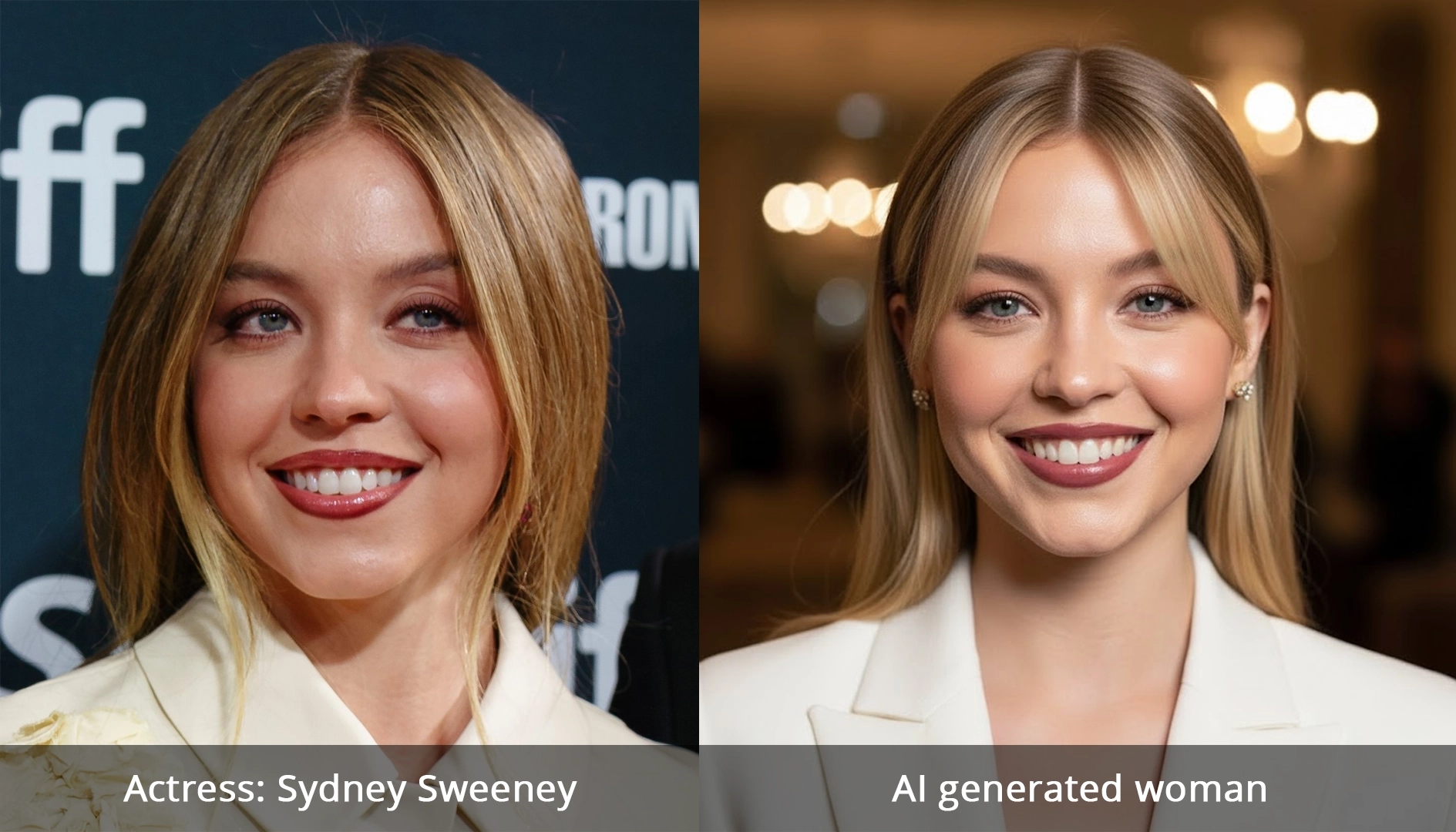
AI copyright remains one of Hollywood’s most pressing legal challenges. Many generative systems were trained on publicly available but unlicensed footage, raising potential infringement risks.
A growing divide exists between audiences seeking emotional realism and studios exploring AI efficiency. As AI-generated performances inch closer to realism, critics warn of losing the human essence that defines cinema. The debate over authenticity versus artificiality continues to shape the conversation around the future of filmmaking.
Independent studios are moving faster. Moonvalley, Runway, and several AI startups are producing short films using generative workflows, experimenting with AI-assisted cinematography and visual direction.
Netflix uses proprietary models to analyze watch data to identify which themes or genres have the highest engagement potential. This use of artificial intelligence informs not only acquisition but also narrative structure, giving creators a data-informed foundation for storytelling.
Major legacy studios such as Disney and Warner Bros. have embraced AI tools for restoration, captioning, and animation cleanup but remain conservative about full generative integration. They continue to use AI for accessibility and preservation, particularly in remastering older films or creating localized versions for global audiences.
The Brutalist used AI firm Respeecher to adjust dialogue pronunciation and accent accuracy without replacing the actors’ performances (Respeecher). For Emilia Perez, they used AI for an actor’s singing voice. Supporters argue it improved immersion and linguistic authenticity, while critics saw it as an unnecessary intrusion into artistic expression. Director Brady Corbet defended the decision, saying:
We were very careful about keeping their performances. It's mainly just replacing letters here and there. You can do this in ProTools yourself, but we had so much dialogue in Hungarian that we really needed to speed up the process, otherwise we'd still be in post
The indie horror film Late Night with the Devil became a case study in AI transparency. Its use of AI-generated imagery in television broadcast segments prompted backlash when revealed after release (The Week). Although the images represented only a small fraction of the production, audiences questioned whether disclosure should be standard when AI is involved. Various content creators such as Think Outside the Box Office have also made statements regarding this matter:
A major restoration project in 2025 used AI to reconstruct missing parts from Orson Welles’ The Magnificent Ambersons. Using script drafts, set photos, and production notes, the project aims to digitally reconstruct about 43 minutes of missing scenes (Ew.com). The restored version reignited discussion around authorship, as AI allowed a long-lost piece of cinema history to re-emerge.
Despite AI’s expanding role in filmmaking, large studios remain financially cautious, with Deloitte estimating that less than 3% of production budgets go toward AI . Yet even small investments can deliver measurable cost savings in areas like localization, post-production, and marketing analytics. However, while AI-driven editing can speed up workflows, it often sacrifices creative nuance, requiring directors to fine-tune automated results. The most effective use of AI comes when it enhances, rather than replaces, human artistry.
After the 2023–2024 strikes, SAG-AFTRA introduced provisions requiring consent and compensation for AI-generated likenesses.
Prominent directors have voiced resistance to unrestrained AI use. Steven Spielberg has expressed that he does not want to use AI for creative decisions.
I don't want AI making any creative decisions that I can't make myself, and I don't want to use AI as a non-human collaborator, in trying to work out my creative thinking. - Steven Spielberg
Guillermo del Toro similarly cautioned against treating AI as a creative substitute, noting that emotional resonance cannot be algorithmically produced.
The value of art is not in how much it costs and how little effort it requires.It's how much would you risk to be in its presence. - Guillermo del Toro
It is now possible to scan background performers into digital replicas, raising concerns about compensation and consent. Many actors fear these scans could lead to permanent loss of work opportunities as AI doubles replace live extras in future films.
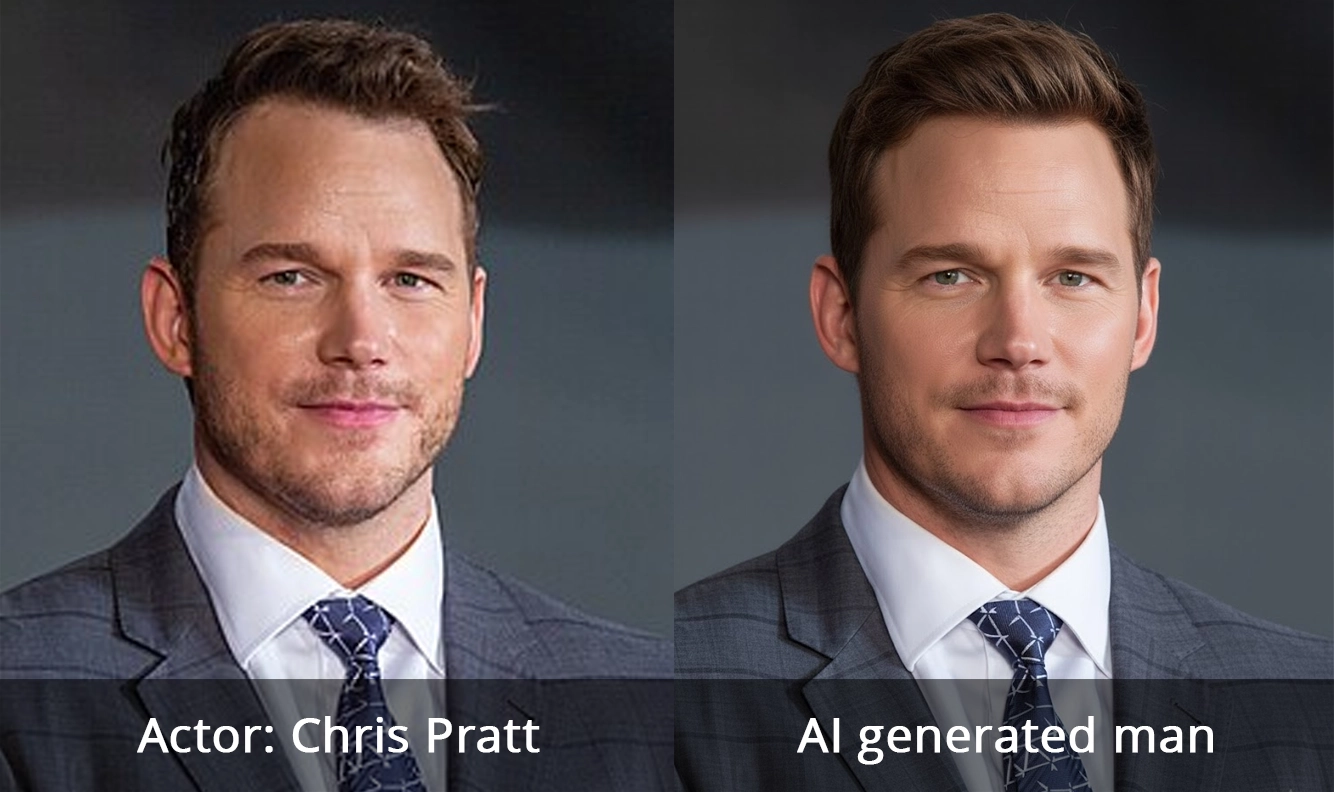
"[Norwood] is not an actor, it's a character generated by a computer program that was trained on the work of countless professional performers. It has no life experience to draw from, no emotion and, from what we've seen, audiences aren't interested in watching computer-generated content untethered from the human experience." - SAG-AFTRA on AI actress Tilly Norwood
A report from January 2024 by CVL Economics forecasts possible declines in entertainment jobs. Yet the artists who remain will oversee AI-driven pipelines, managing datasets, refining outputs, and guiding aesthetic direction rather than executing every frame by hand.
AI is transforming filmmaking workflows, not by replacing creativity but by enhancing it. Screenwriters now use AI for tasks like brainstorming and tone analysis, though human intuition remains essential for emotional storytelling and direction. As these tools become standard, new roles such as AI clean up artists and prompt specialists are emerging to guide the responsible and effective use of generative technology, shifting employment toward more technical and curatorial aspects of production. This video by Styliz3D for example, shows how to clean up AI 3D models: